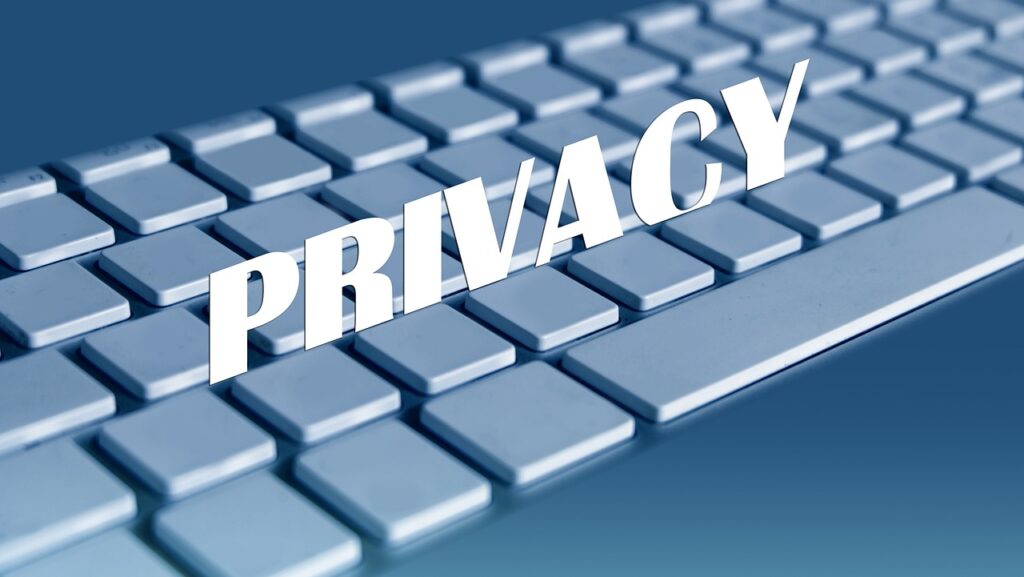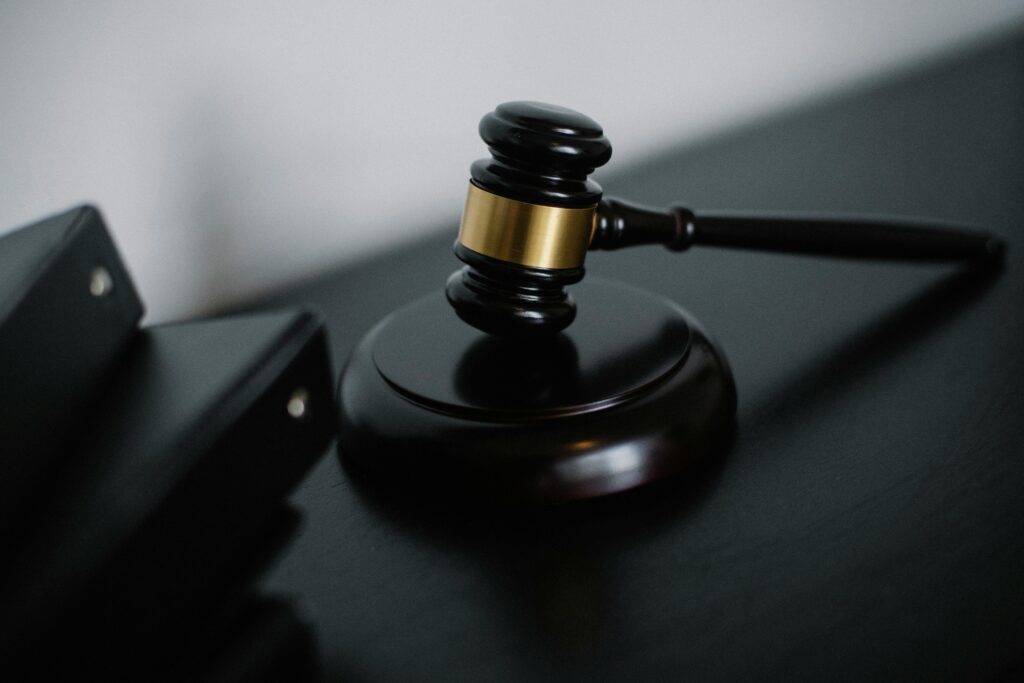Published On: October 30th 2025
Authored By: Aishwarya R
Christ Academy Institute of Law
INTRODUCTION:
In the digital age, cybercrimes like hacking, phishing, online financial fraud, and identity theft have risen significantly. Investigating and prosecuting these crimes largely depends on digital evidence such as emails, chats, social media data, browser histories, server logs, and metadata. However, digital evidence presents unique challenges. It is intangible, easily altered, and often crosses jurisdictional borders.
Under Indian law, digital evidence is admissible but only under strict conditions set by statutes and court rulings. The Indian Evidence Act, 1872, the Information Technology Act, 2000, and judicial decisions define when and how this evidence can be considered valid. This essay looks at how courts in India handle digital evidence in cybercrime cases, identifies key challenges like authenticity and jurisdiction, and examines how legal principles affect standards for admissibility.
LEGAL FRAMEWORK FOR DIGITAL EVIDENCE:
Indian Evidence Act, 1872 – Section 65B
Section 65B governs electronic records in court proceedings. It requires a certificate known as the Section 65B certificate, which must include:
- The device that created the electronic record,
- The methods used to collect or retrieve the data,
- Proof that the data has not been tampered with,
- Confirmation that the record is an accurate representation.
- Only with this certificate can electronic records be admitted as “secondary evidence” in court.
Information Technology Act, 2000 (IT Act)
The IT Act defines key terms like electronic record and digital signature, giving legal recognition to electronic transactions, records, and authentication methods. The Act Complements Section 65B by providing a basis for the reliability and validity of digital documents.
Amendments and Rules
Subsequent amendments to the IT Act and related rules refine procedures like device certification, forensic protocols, and electronic documentation. Courts rely on these guidelines to assess the admissibility and integrity of digital evidence.
KEY CHALLENGES IN ADMITTING DIGITAL EVIDENCE:
- Authenticity and Tamper-Proofing:
Digital files can be easily edited, copied, or deleted. Courts need proper certification and forensic processes to show that the data has not been manipulated.
- Technical Expertise:
Judges and lawyers often find it difficult to understand metadata, file formats, encryption, and hashing algorithms. Without technical knowledge, there is a risk of misunderstanding or misuse.
- Chain of Custody and Preservation:
Proper handling of digital devices and data from seizure to presentation in court is crucial. Any lapse can raise doubts about the evidence’s integrity.
- Jurisdiction and Cross-Border Issues:
Cybercrimes often involve data stored on servers outside India. Mutual legal assistance requests and international cooperation are necessary but can be time-consuming, complicating evidence admissibility.
- Dynamic Nature of Data:
Digital data, like social media posts or chats, can be quickly deleted or changed. Courts need to balance fairness with new ways of preserving and retrieving data.
JUDICIAL INTERPRETATION: LANDMARK CASE LAWS:
- State (NCT of Delhi) v. Navjot Sandhu (“Hans Raj Interview Tape”) – 2005
The Supreme Court ruled that electronic evidence must be backed by a valid Section 65B certificate. This certificate must be signed by an official responsible for the device or process. If it is not produced, the evidence becomes inadmissible.
- Anvar P.V. v. P.K. Basheer & Ors. – 2014
This case reinforced the strict requirement for Section 65B certification. The Court decided that without this certificate, electronic evidence cannot be admitted and is outright excluded from the trial.
- Arjun Panditrao Khotkar v. Kailash Kushanrao Gorantyal – 2020
The Court allowed a limited exception: if the original device or certification is unavailable due to circumstances beyond control, the evidence may be admitted if its authenticity can be proven by other means. However, this exception is applied narrowly, and Section 65B remains the standard rule.
- State of Maharashtra v. Dr. Praful B. Desai – 2003
The Court upheld the admissibility of digital medical records when supported by expert testimony and proper certification. It confirmed that authenticated digital records are equivalent to traditional records.
CONCLUSION:
Indian courts acknowledge the vital role of digital evidence in cybercrime investigations but enforce strict rules to ensure authenticity and fairness. The decisions in Hans Raj, Anvar P.V., and Arjun Khotkar highlight the need for procedural rigor and certification. Courts also demand forensic validation, proper custody, and international cooperation to manage challenges posed by technology.
To build trust in digital evidence, stakeholders must focus on:
- Clear procedures for data seizure and preservation,
- Forensic training for law enforcement and the judiciary,
- Stronger international cooperation,
- Regular updates to legal standards for emerging technologies like cloud storage and blockchain.
As cybercrime evolves, digital evidence will remain crucial to justice, requiring a balance between technological progress and procedural safeguards.
REFERENCES:
- State (NCT of Delhi) v. Navjot Sandhu, (2005) 3 SCC 45.
- Anvar P.V. v. P.K. Basheer & Ors., (2014) 10 SCC 473.
- Arjun Panditrao Khotkar v. Kailash Kushanrao Gorantyal, (2020) 3 SCC 1.
- State of Maharashtra v. Dr. Praful B. Desai, AIR 2003 SC 372.



